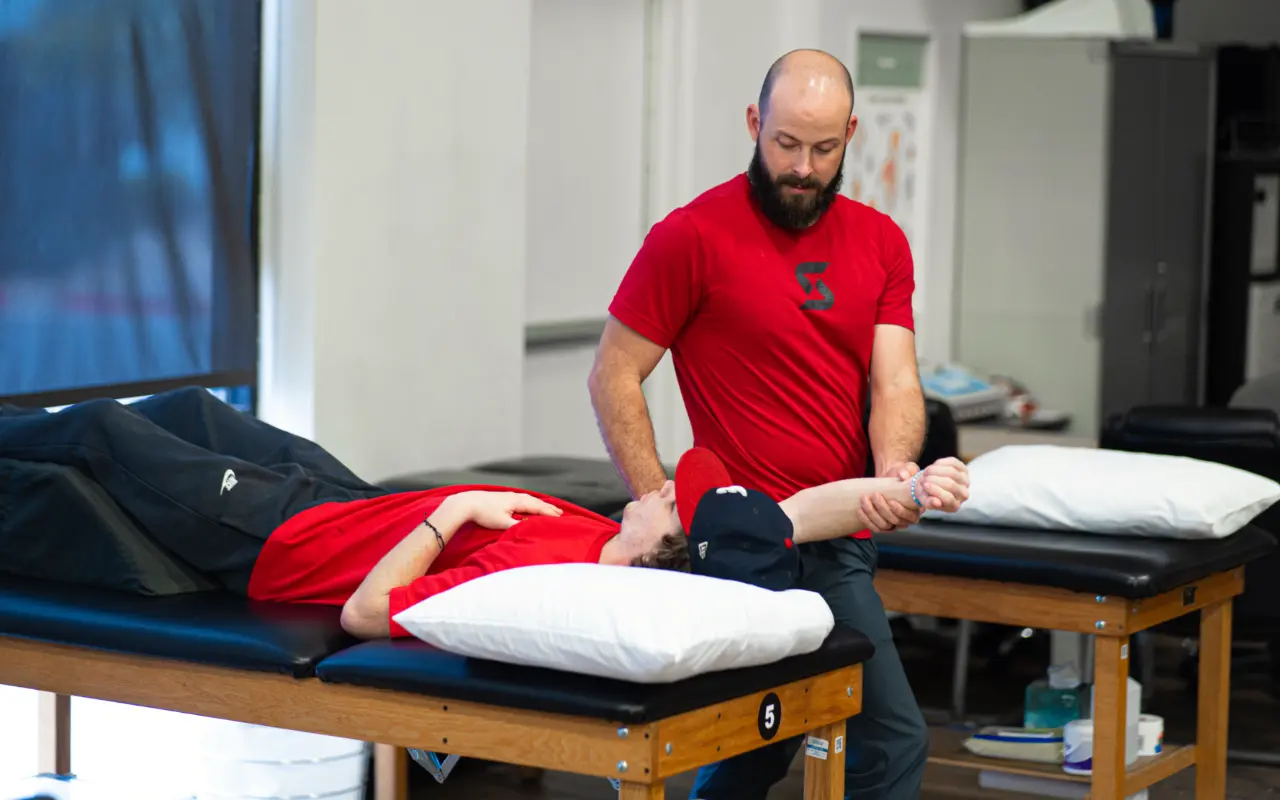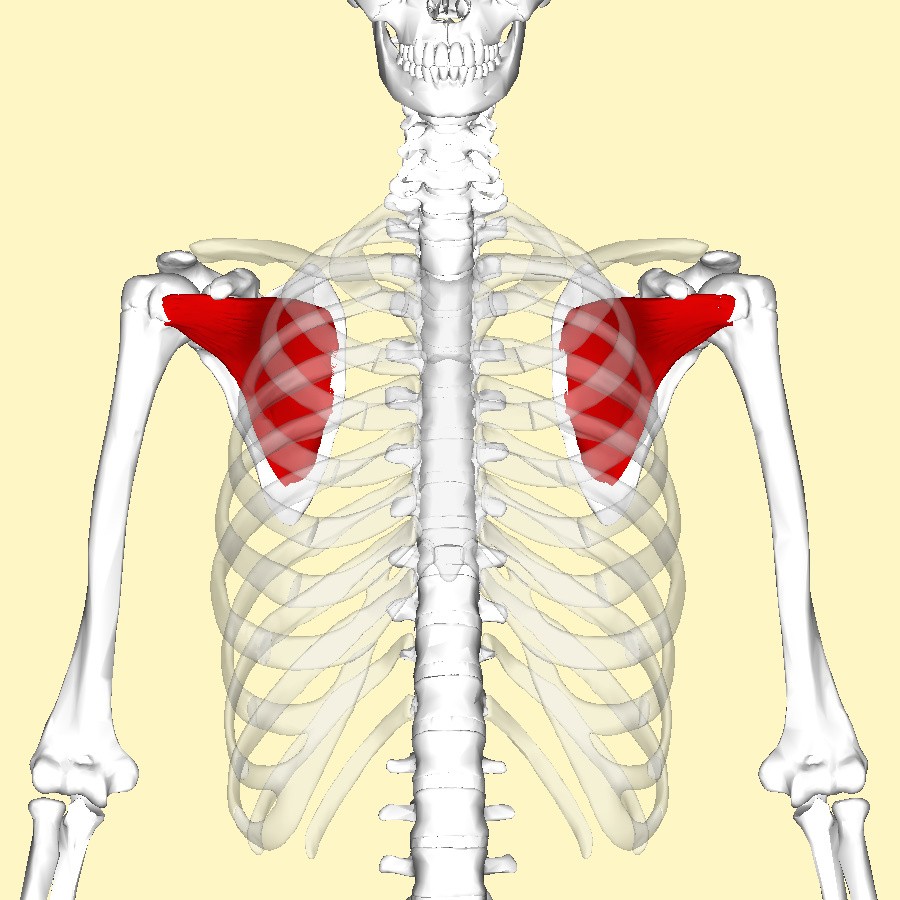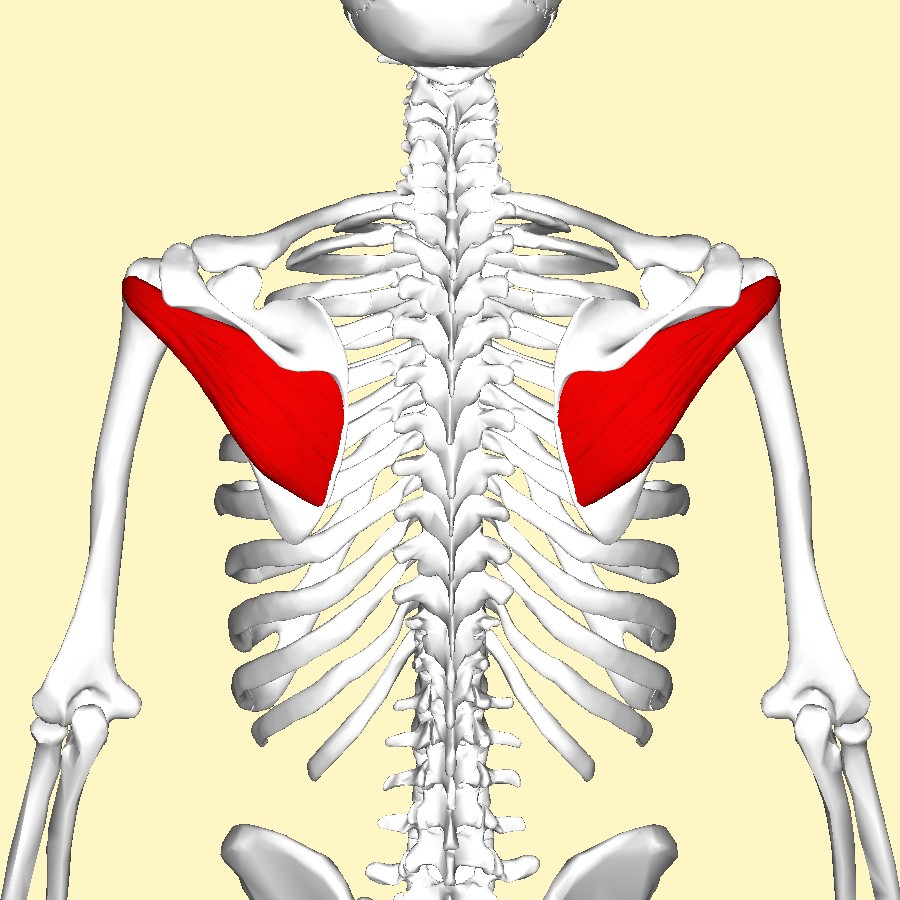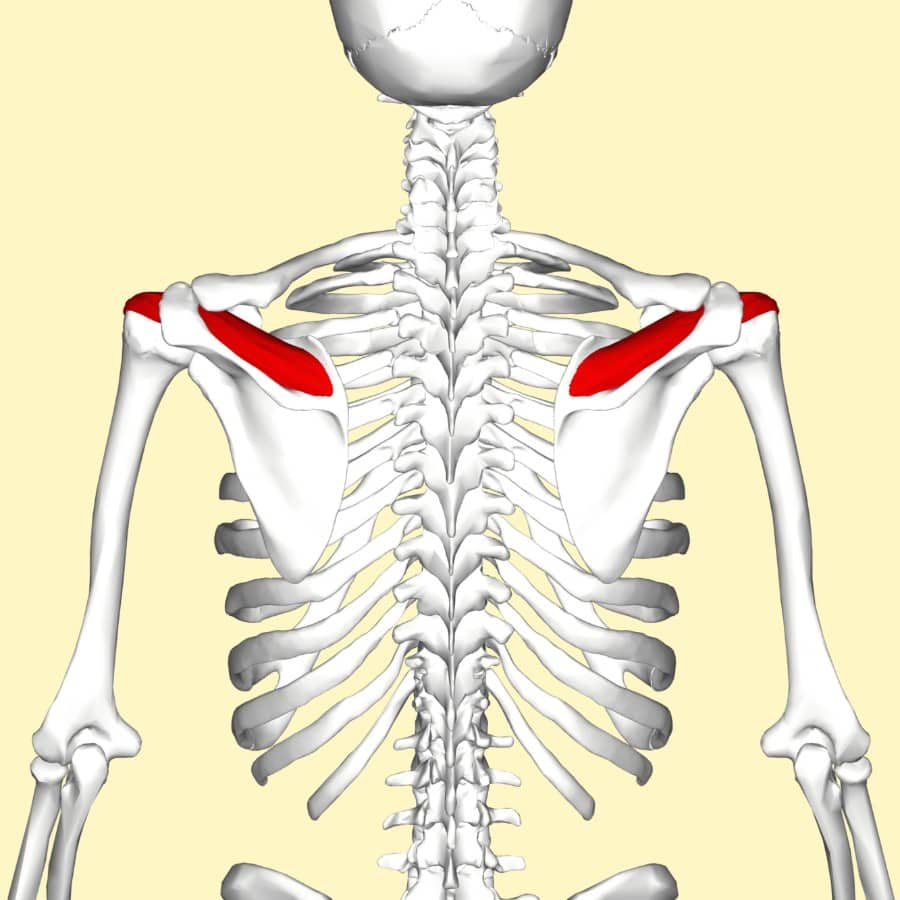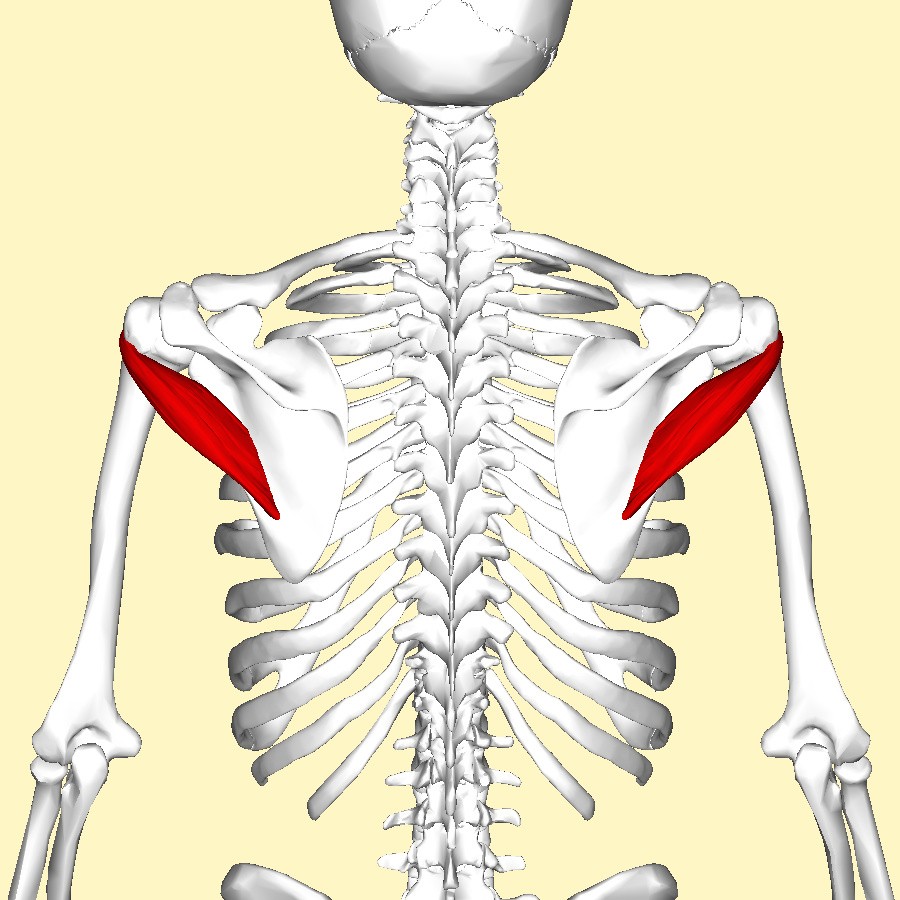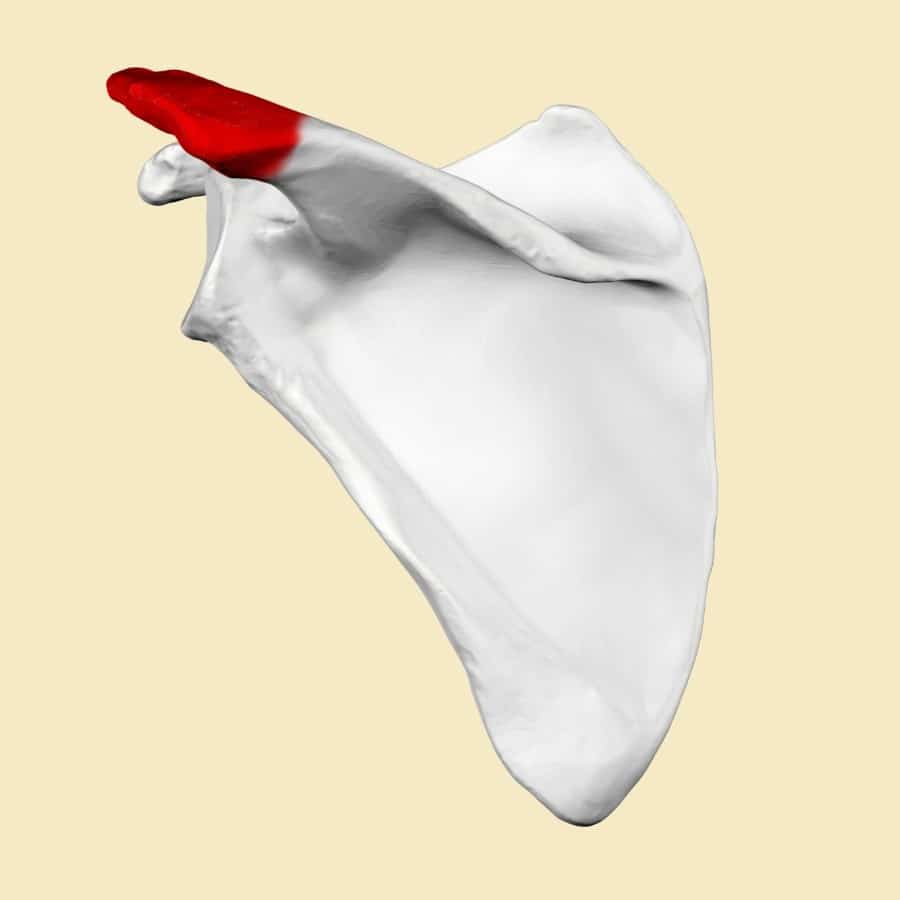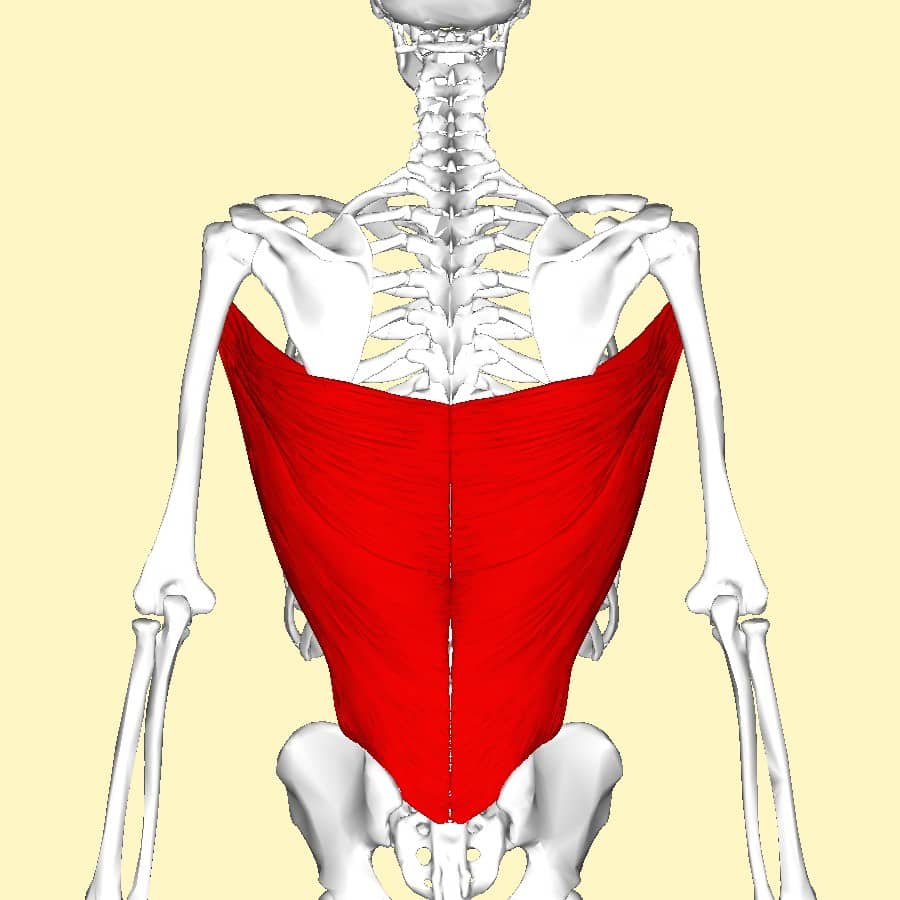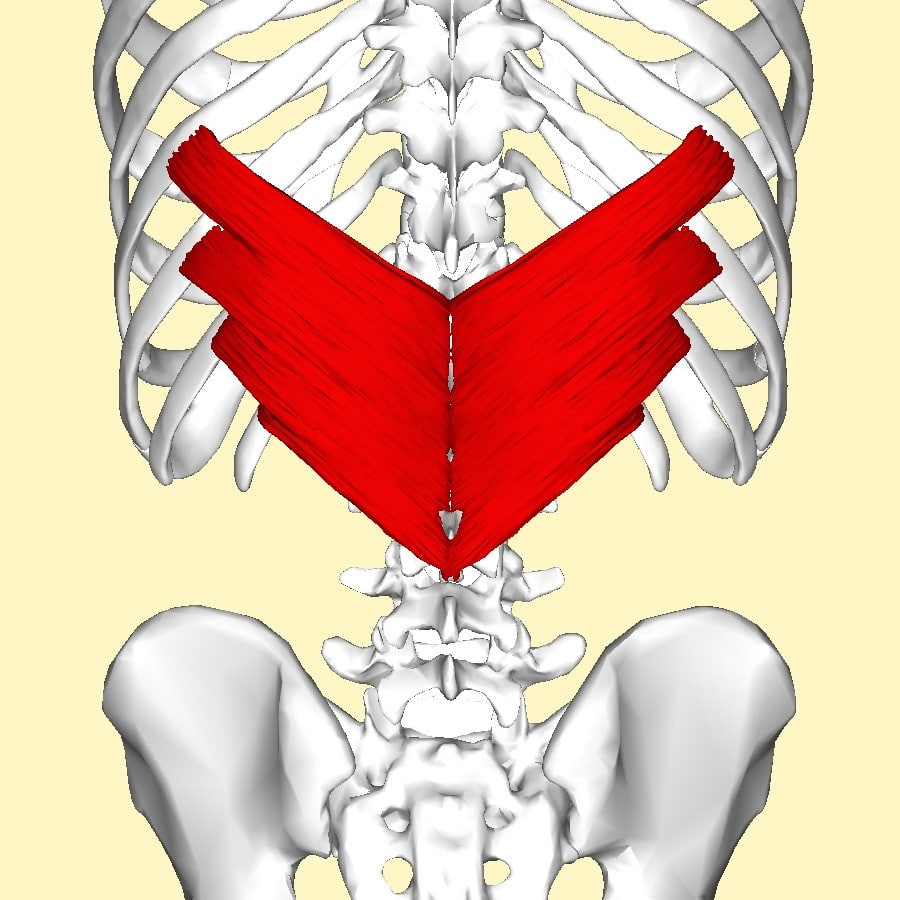The shoulder is an amazing joint! It has the largest range of motion of any joint in the body. Because of this fact, it is also one of the most vulnerable and unstable joints in the body. It is a ball-and-socket joint that is basically held in place by ligaments and tendons. Its main job is to position our arms in space so our hands can perform various tasks at different levels.
The most commonly injured structure in the shoulder is the rotator cuff which is commonly mispronounced; “rotator cup”, “rotary cup”, or “rotor cup”. But rest assured that it is a CUFF. It is a common tendon of four muscles that arches over the top of your shoulder and is responsible for the inward and outward rotation of the shoulder as well as keeping the shoulder stable and balanced. In 2006, approximately 7.5 million people went to the doctor’s office for a shoulder problem, including shoulder and upper arm sprains and strains. More than 4.1 million of these visits were for rotator cuff problems.
- Subscapularis muscle
- Infraspinatus muscle
- Supraspinatus muscle
- Teres Minor muscle
The most commonly injured tendon in the rotator cuff is the Supraspinatus muscle due to the fact that it runs between the top of the humerus bone and the acromion of the scapulae. This makes it vulnerable to inflammation, impingement, and tearing. In the athlete, the most common source of injury is repetitive overloading of the rotator cuff tendons. In a triathlon, this usually happens during the swimming leg of the competition. Repetitive, forward circumduction of the shoulder when swimming can grind the supraspinatus tendon against the acromion of the scapula causing inflammation and eventual injury.
Another contributor to rotator cuff injury is muscle imbalance. So many athletes concentrate on the pecs and deltoids but forget the mid back and scapular musculature. This imbalance will put undue stress on the rotator cuff and inhibit proper scapulohumeral rhythm (the rotation of the scapula when reaching over head). To shield the shoulder against such jury, it is imperative that you prepare the shoulder for vigorous exercise.
- Acromion of the scapula
- Mid-back support: Latissimus dorsi muscle
- Mid-back support: Serratus posterior inferior muscle
There are many things you can do to “shield the shoulder” and prevent injury, specifically to the rotator cuff, during intense athletic activity. Here are just a few.
- Stretch! Stretch! Stretch! Long muscles are strong muscles. Short muscles SNAP! You should stretch the shoulder for at least 10 min. before and after any vigorous exercise. Hold each stretch for 15-30 seconds for best results.
- Strengthen the rotator cuff, specifically the external rotators.
- Strengthen the mid back muscles to create a base of support to balance the shoulder girdle and ensure proper movement of the scapula with overhead reach.
- Ice before and after the triathlon.
- Rest before the big day. Your body does most of its reparative work while you are sleeping. Getting enough sleep before the triathlon will give you more energy and prevent fatigue and injury.
- Drink enough water. Keeping your muscles hydrated will keep them supple and less prone to over stretching or tearing.
- Don’t overload the shoulder. Overloading the shoulder when it is extended puts undue stress on the rotator cuff. This can cause micro-tears in the tendon that you won’t even feel until it is too late and the tendon tears completely. When at all possible, keep your elbows at your side when lifting heavy objects.
To the triathlete, the shoulder is invaluable during competition. Unfortunately, it is one of the most overlooked joints in the body until there is some kind of pain or injury. Take some simple steps to “shield the shoulder” and it will serve you not only to the end of the triathlon but for years to come.
Are you experiencing shoulder pain? Schedule an appointment at Spooner Physical Therapy today.

